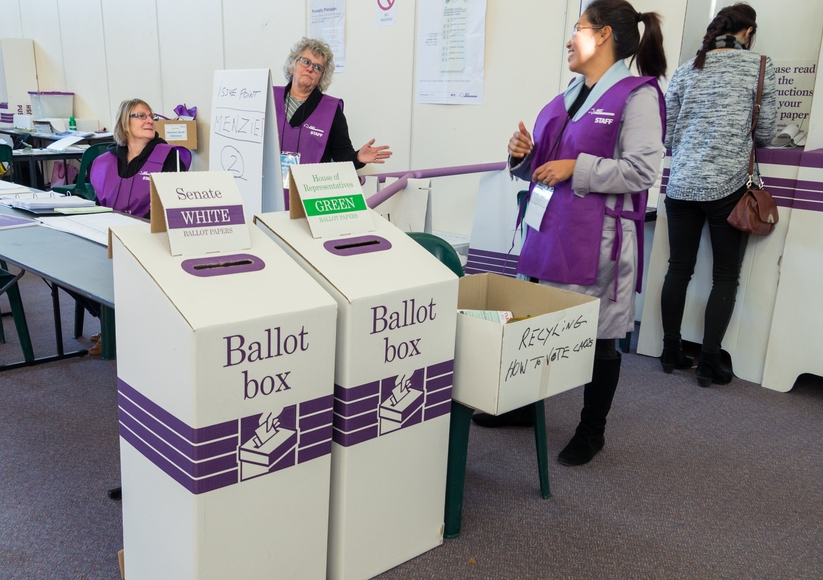Is the new Senate vote capture system as risky as electronic voting?
A computerised system is being used for the first time in the 2016 election count for the Senate, and only part of its process is open to scrutiny, write Roland Wen and Richard Buckland.


